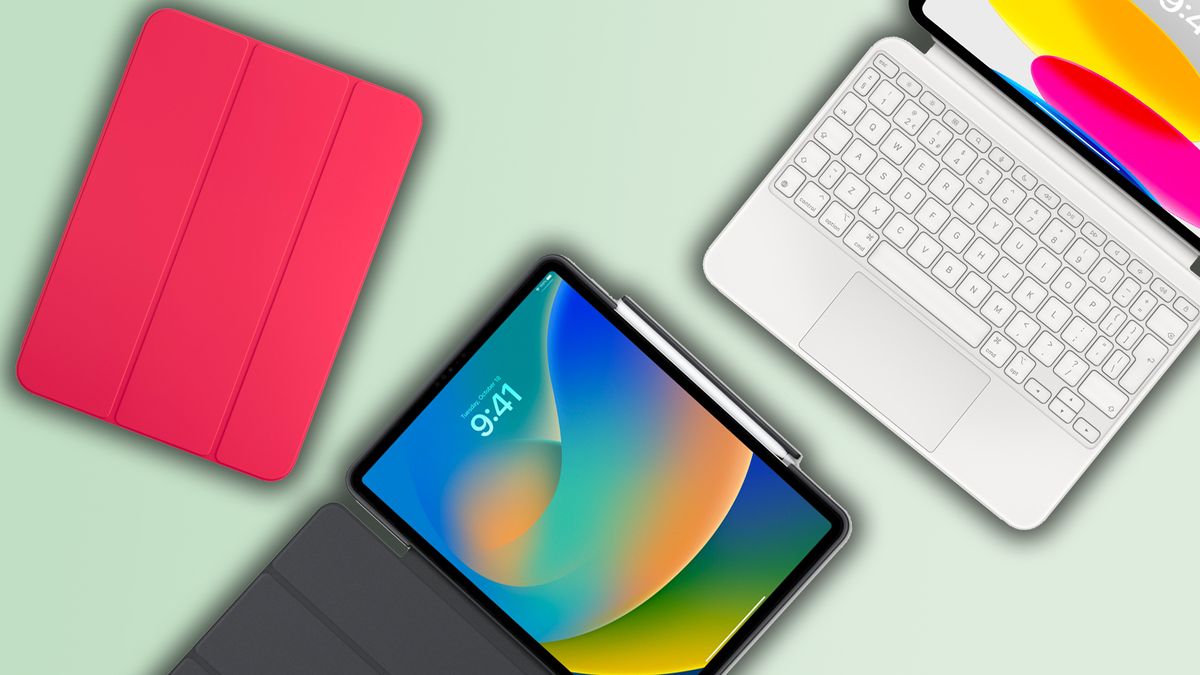Apple’s iPad Pro continues to astonish. Last year, the iPad Pro 2021 gave us a taste of how versatile the company’s custom-built silicon can be by equipping it with an M1 chip. You know, the same processor that crushed laptops running speedy 11th Gen Intel chips when it was found in the near-perfect MacBook Air 2020 and entry-level MacBook Pro 2020.
“A MacBook processor in an iPad? What devilish contract did Apple sign to pull that off?” was my initial understanding when the M1 iPad Pro emerged. With this kind of power, it easily blows all other tablets — Android and iPads included — out of the water and automatically takes the top spot as the best tablet to pick up, right? Well, it’s not that simple, as we quickly came to realize it’s hard to find the performance ceiling on this slate.
If you’re a tablet user like me, you would find it hard to figure out the real potential of an M-series chip in an iPad. It sparks the debate about what a tablet is generally used for and whether it needs the ridiculous might of an M1 chip. But what if it was meant to act as a MacBook replacement instead? With the all-new iPad Pro 2022 now boasting an M2 chip, Apple is making it seem that way.
After testing the MacBook Air M2 and latest 13-inch MacBook Pro, we already know the type of power the M2 chip will bring to the new iPad Pro. The cycle repeats itself, but this time I’m not questioning whether Apple made a deal with some devil to deliver another powerful iPad; I’m wondering whether it’s needed in the first place.
A matter of software
I count my iPad Air (2020) as an essential tool in my daily activities. From jumping on video calls and writing articles while traveling to watching all manner of shows while I cook up a storm in the kitchen, it’s a multitalented device that’s intuitive and adaptable — especially when paired with Apple’s Magic Keyboard.
It caters to virtually all my needs, yet it’s powered by Apple’s A14 chip. That’s the chip introduced in the iPhone 12, which is now trounced by the iPhone 14‘s A15 Bionic and 14 Pro’s A16. So, if an A14 chip can have dozens of Safari tabs running while I have a Google Doc opened in split-screen mode with a Netflix show playing in a small window without any hiccups, what more could an M2 chip deliver?

It comes down to software. iPadOS has been synonymous with the iPhone’s iOS for years, making it hard to match the versatility and desktop-level capabilities of macOS. Editing photos and videos, having a selection of windows open and working on multiple documents at the same time, and easily being able to manage your stored content — there’s a reason why Mac products get a lot of attention, and it’s not just because of their speedy processors.
The iPad’s operating system can’t manage a desktop-level experience, even if it has the power to do so. As much as I’ve grown attached to my iPad Air, I will always opt for a laptop throughout the day to get work done. I can imagine this being the case for many iPad users. However, that’s not to say the iPad Pro with M2 doesn’t have its perks.
For all kinds of content creators, from photo editors that can make the most out of the second-generation Apple Pencil to video editors in need of capturing, editing, and publishing “cinema-grade video” on one device, the iPad Pro with M2 is an interesting upgrade. Plenty of creators on YouTube have shown off the iPad Pro’s capabilities, with The Everyday Dad testing to see if the 12.9-inch iPad Pro with M1 can be your main driver for editing.
The result? Of course it can. Its processing power is more than capable. Thing is, to really make that experience work, you’ll need accessories — and the additional costs start to add up.
Prices, compared
Picture this scenario: you’re in the market for a new device that will act as your main computer, and Apple’s M2 chip has piqued your interest. Two products jump out at you, including the iPad Pro 2022 and MacBook Air M2. Both offer similar specs, but there’s just the difference between size, portability, and a touch screen. Oh, and that one’s a laptop and the other is a tablet.
Let’s say you’re leaning toward the iPad Pro 2022. Right off the bat, you’ll want to opt for the 12.9-inch model, seeing as it offers a larger, better mini-LED panel compared to the 11-inch model. You’ll also want to choose at least 256GB of storage to match the MacBook Air’s base storage. No need for an Apple Pencil, but you’ll need a keyboard to be able to type comfortably so you add the Magic Keyboard. The final price: $1,548.

That’s looking a little pricey, so you decide to see how much the MacBook Air would be. You pick the 10-core GPU option to match the M2 iPad Pro’s specs. With a keyboard already included (obviously, this is a laptop), the accumulated price works out to be $1,299.
So, you’re paying less for a desktop-level experience on a praise-worthy laptop when compared to an iPad that’s begging to be used as something more than just a tablet. A MacBook replacement? I think not.
The iPad Pro is a companion first
The iPad Pro is no doubt an incredible device. It’s at the forefront of showcasing the extensive capabilities of a tablet and is no doubt the most advanced tablet ever — now even more so with the M2 chip.
What’s more, with iPadOS 16, Apple is separating its tablet operating system from the smartphone-based iOS. It will introduce “desktop-class apps” and Stage Manager to allow iPad users to easily access and switch between different windows. These features are hugely welcome, but the more it tries to reach the potential of a MacBook, its limitations become apparent.

Earlier this year, Laptop Mag writer Shubham Agarwal tried to work on Apple’s iPad 9 for a week, and it didn’t go well. It’s hard to compare the entry-level iPad to the overpowering force of the iPad Pro, but at the end of the day, they share the same OS. He concluded that the iPad offers an inconsistent working experience, and I concur.
That said, there is a place for the iPad Pro. You can use it as a way to get all manner of work done, make the most out of its gorgeous touch display, and have it be your portable companion. But when it comes to using a device to get your work or daily tasks done efficiently, it still can’t match the tried-and-tested dynamic of a MacBook. As a companion to a Mac device, however, there’s no better combination, especially for that niche group of users that can make full use of an M2 chip on a tablet.
I’m excited to see the progress Apple continues to make with its iPads, especially now that M-series chips are staples to the iPad Pro and iPad Air. As iPadOS continues to develop, the sky’s the limit on what tablets will be able to offer. For now, though, it shouldn’t be the MacBook replacement it’s striving to become.








